
Topics covered in our most popular blogs in the first quarter of the 2023. included , selective caries removal, root canal dressings and pain management following dental extractions
[read the full story...]
Topics covered in our most popular blogs in the first quarter of the 2023. included , selective caries removal, root canal dressings and pain management following dental extractions
[read the full story...]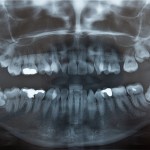
This review comparing the effectiveness of articaine and lidocaine for lower third molar surgery included 14 RCTs. The findings suggest that articaine is superior to lidocaine for use in lower third molar however the available are small so additional larger high quality studies would be helpful to strengthen the evidence.
[read the full story...]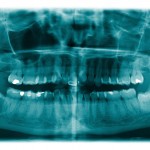
This review of coronectomy versus extraction of third molars in patients at increased risk of inferior alveolar nerve (IAN) injuries included 42 observational studies. The findings indicate lower a reduction in the odds of IAN sensory loss in favour of coronectomy and an increase in the odds of surgical reintervention.
[read the full story...]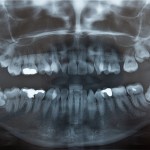
This review of antibiotic prophylactic treatments in relation to the risk of developing dry socket (DS) and site-specific infection (SSI) after lower third molar extraction included 16 RCTs. Antibiotic did reduce the risk of DS and SSI in health patients but the number needed to treat (NNT) was high so the use should be considered only after a careful assessment of an individual patient’s risk.
[read the full story...]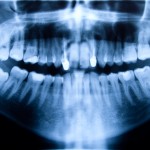
This review of the effects of photobiomodulation (PBM) on pain, oedema, and trismus after extraction of impacted mandibular third molars included 33 RCTs. However 30 of the included studies were considered to be at high risk of bias, and while the results suggested small benefits for PBM in relation to reduction of pain and swelling these were not considered to be clinically important.
[read the full story...]
This review estimating the nocebo response in dentistry from trials of analgesic treatment following third molar surgery included data from 50 RCTs. Adverse events (AEs) were roughly the same in placebo and active arms suggesting AEs may be attributed to the nocebo phenomenon.
[read the full story...]
This review assess of listening to music to reduce preoperative anxiety and pain during third molar extractions included 5 RCTs. The findings suggest reducction in preoperative anxiety but the quality and number of studies is limited.
[read the full story...]
This review assessing the risk of alveolar osteitis (AO) in in oral contraceptive users included 17 mainly observational studies. The findings showed an increased risk of developing AO in female oral contraceptive (OCP) users, RR = 1.98 (95%CI:1.42 to 2.76) compared to female non-OCP users
[read the full story...]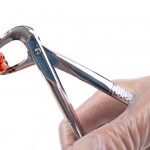
This Cochrane review update looked at local interventions used for the prevention and treatment of alveolar osteitis (dry socket) following tooth extraction. 49 RCTs were included providing moderate certainty evidence for chlorhexidine rinses and gel for probably reduction in dry sockets.
[read the full story...]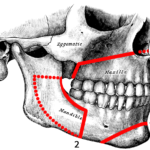
This review investigating whether the presence of third molars during sagittal split osteotomy of the mandible increases the risk of complications included 15 studies. The findings suggests no statistically significant relationship between the presence of 3Ms and complications. However a majority of the studies were retrospective with 13 studies being considered to be at high risk of bias so the certainty of the evidence is considered to be very low.
[read the full story...]